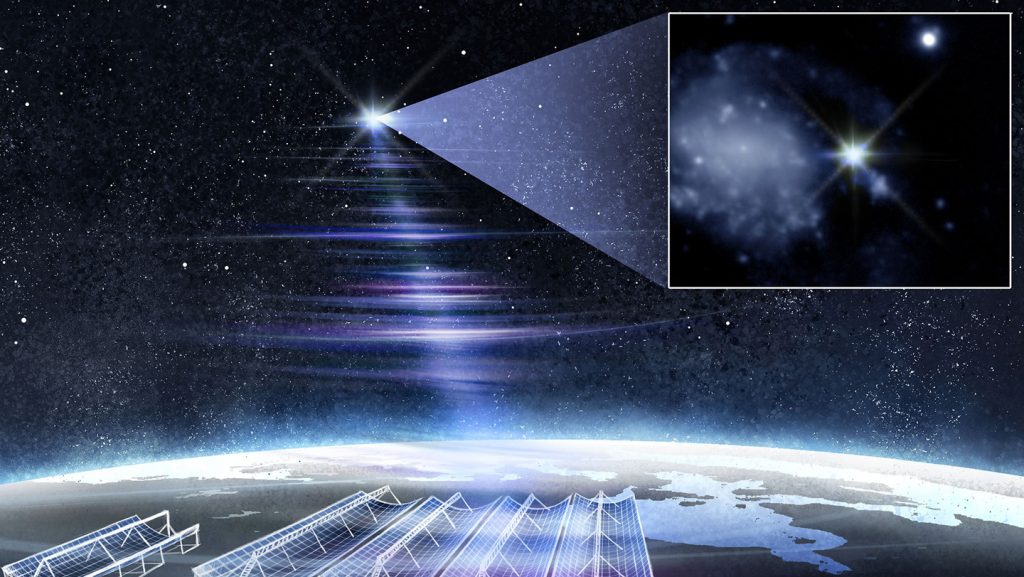Mysterious Cosmic Signal Reveals Secrets from Nearby Galaxy
The discovery of a fast radio burst originating just 130 million light-years away has given astronomers an unprecedented opportunity to investigate one of space’s most perplexing phenomena. This particular burst, remarkably closer than most previously detected signals of its kind, has allowed scientists to conduct detailed observations that may finally help unravel the mystery behind these powerful cosmic transmissions.
Fast radio bursts, or FRBs, have puzzled researchers since their first detection in 2007. These intense flashes of radio waves last only milliseconds but release enormous amounts of energy—equivalent to what our sun produces over many years. What makes this recent discovery so significant is its relative proximity to Earth. While most FRBs detected so far have originated billions of light-years away, this signal’s source in a neighboring galaxy has provided astronomers with a much clearer view of the phenomenon and its surroundings.
The proximity advantage cannot be overstated. When signals travel from billions of light-years away, they become degraded and crucial details are lost. With this nearby burst, scientists have been able to employ multiple telescopes and instruments to examine not just the signal itself, but also its galactic environment with unprecedented clarity. This comprehensive approach has yielded valuable data about the conditions surrounding the burst, potentially narrowing down the list of cosmic objects that could generate such powerful emissions.
Leading theories suggest that these bursts might originate from highly magnetized neutron stars called magnetars, which are the dense remnants of massive stars that have exploded as supernovae. The detailed observations of this nearby FRB and its host galaxy are providing crucial evidence to either support or challenge this hypothesis. Researchers are particularly interested in understanding whether all FRBs share a common origin or if different cosmic processes might produce similar signals.
Beyond solving an astronomical mystery, understanding FRBs has broader implications for our knowledge of the universe. These powerful bursts interact with the intergalactic medium they travel through, potentially providing a unique tool for measuring the distribution of matter between galaxies. They could also help astronomers study the mysterious dark matter that pervades the cosmos but remains invisible to conventional detection methods. The insights gained from this nearby burst might therefore extend far beyond explaining a single phenomenon.
As astronomers continue analyzing the wealth of data from this exceptional cosmic event, the scientific community remains hopeful that we are on the verge of a breakthrough in understanding fast radio bursts. The proximity of this signal has transformed what might have been just another mysterious flash in the distant universe into a detailed case study that could illuminate one of astronomy’s most fascinating puzzles. With each new discovery, we edge closer to comprehending these powerful cosmic messengers and what they can tell us about the dynamic and often violent processes shaping our universe.


